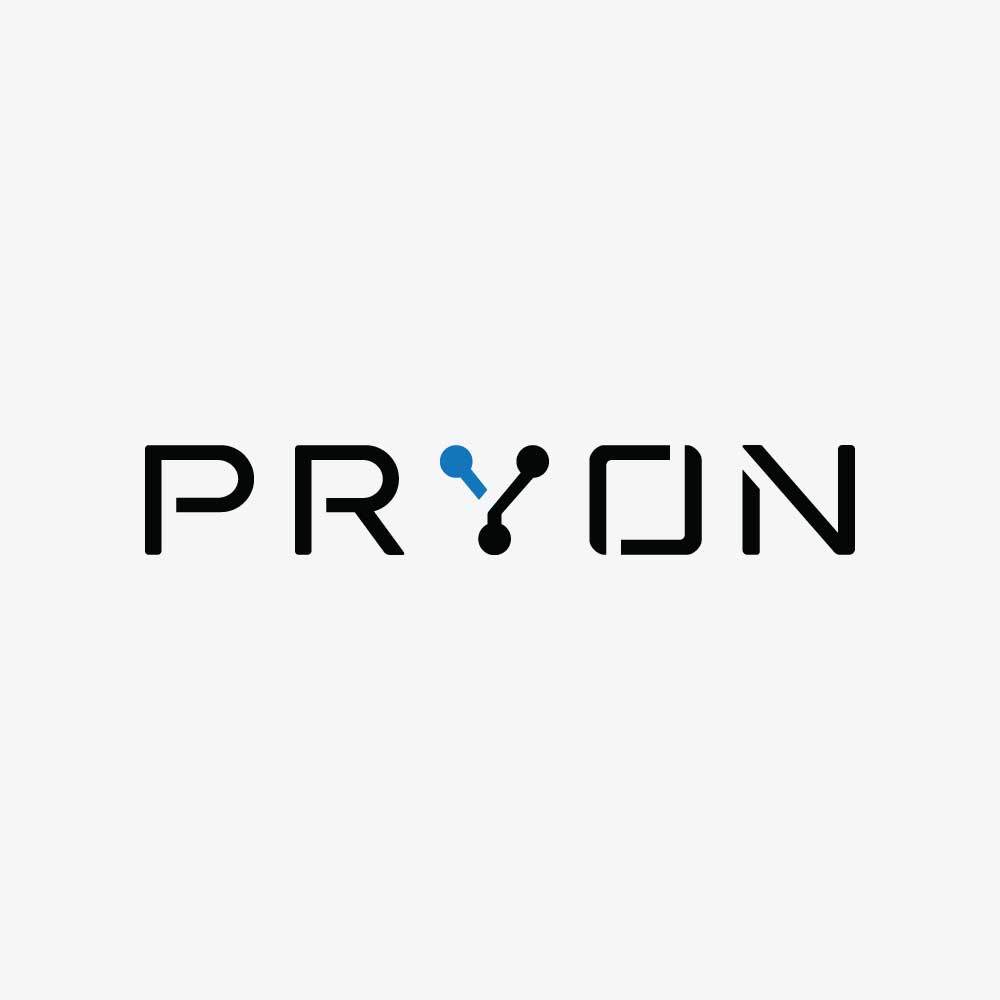Pryon has officially announced the launch of its new platform, named Pryon Retrieval Engine, which is designed to securely extract information from all forms of complex content. Compatible with text to image, video, and plenty other forms of content, Pryon Retrieval Engine arrives on the scene as fully API-enabled for custom deployments, or if not that, you can also access it via Pryon’s own web or mobile interface for an end-to-end solution. Before we dig any further into this development, though, we must try and understand how, even though retrieval is the foundation for any RAG solution, implementing it has been historically challenging in the context of accuracy, scalability, security, and efficiency. Now, there are some methods available to navigate the same, but almost all of them fall short of handling the complexity inherent in document-based content, content which includes elements like tables, images, graphics, and schematics. Making things even more complicated is the introduction of AI, which generates security risks, such as unauthorized access to documents, data leakages, and potential for cyber-attacks. But how will Pryon’s latest brainchild solve this conundrum?
Well, the answer begins from its ability to conceive high-precision ingestion right at the starting point for better accuracy. Here, Pryon will emulate human-like document analysis and employ proprietary OCR technology to extract text in reading order from images, graphics, schematics, and handwritten notes. Furthermore, it leverages vision segmentation to identify and label key components, perform content normalization and filtering to remove unnecessary objects, and employ visual semantic segmentation to pack together relatively smarter document chunks.
“Every enterprise is in a race to implement Generative AI but face a major roadblock: the inability to efficiently access and securely leverage their vast troves of knowledge and data to drive their AI initiatives,” said Chris Mahl, President & COO of Pryon. “The result is lost productivity, diminished customer experiences, and heightened business and reputational risks—risks that a large organization can’t afford to incur. Pryon’s new offering tackles these challenges head-on by providing rapid, accurate, and secure retrieval at scale.”
Next up, we must get into how the solution uses a better understanding of the question to more effectively deliver on its promised value proposition. This involves a proprietary combination of query expansions, out-of-domain detection, and query embedding to understand natural language queries for ingested content matching. Once that bit is done, Pryon applies three proprietary models to quickly find and rank the best matched content. Moving on, Pryon Retrieval Engine can even, quite seamlessly; achieve enterprise-wide scale, something it does through integrations with major enterprise systems like Microsoft SharePoint, Confluence, AWS S3, Google Drive, Zendesk, ServiceNow, Salesforce, and Documentum. Such integrations, in turn, help users to construct a unified retrieval knowledge base without content consolidation.
Hold on, there is more, considering we still haven’t touched on Pryon’s pre-built Ingestion, Retrieval, and Generative Engines allowing for us to implement production-ready generative AI applications in no more than two to six weeks. On top of that, Pryon’s no-code interface makes it easy for business admins to update content across their collection in real time, whereas the platform out-of-the-box APIs let customers integrate responses directly into existing applications and tools. Not just technological prowess, though, Pryon’s new platform also brings to the fore document-level ACL to ensure maximum security. Complimenting the same would be an option to implement the solution in both on-premises and air-gapped environments. In case this doesn’t sound like much, then we must also mention how Pryon AI models do not train on sensitive enterprise data.













